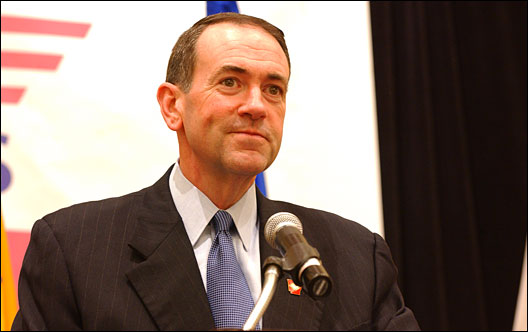Warning: the following post is geeky. It’s about RSS feed options. Read only if you are fascinated by things like RSS feed options.
These days, virtually every blog or news site offers one or more RSS feeds.
RSS is still consumed by a fairly small sliver of the audience, but it’s a high-information, socially networked, web-savvy sliver — exactly the people most media sites are trying to reach. Speaking for myself, I do about 90-95% of my online reading via RSS these days. If a site doesn’t have RSS feeds, I don’t keep up with it.
Additionally, if a site doesn’t offer its full content via RSS feed, I don’t follow it. Some sites offer just the first few sentences or paragraphs of an article in their feed — the idea, I suppose, being that readers will get hooked and then click over to the website, where they will look at ads and boost ad revenue.
This has always struck me as flawed logic. First, you lose lots of RSS readers (like me) if you offer a partial feed. It’s a much worse reader experience. Compared to flipping quickly from post to post in an RSS reader, clicking over to a website for every article is laborious and slow.
Now, via Yglesias, I see that Felix Salmon of Portfolio.com has extended that line of thinking. He argues that offering full feeds is likely to generate more, not less, traffic to a website. Why? Because full feeds allow the socially networked early adopters to consume more of your content, which deepens their relationship to you and makes it more likely that they will link to you, email your posts to their friends, put your posts up on Digg or Reddit, etc. — thus boosting your traffic.
Giving your customers the best possible experience is always the smartest business strategy in the long term.



